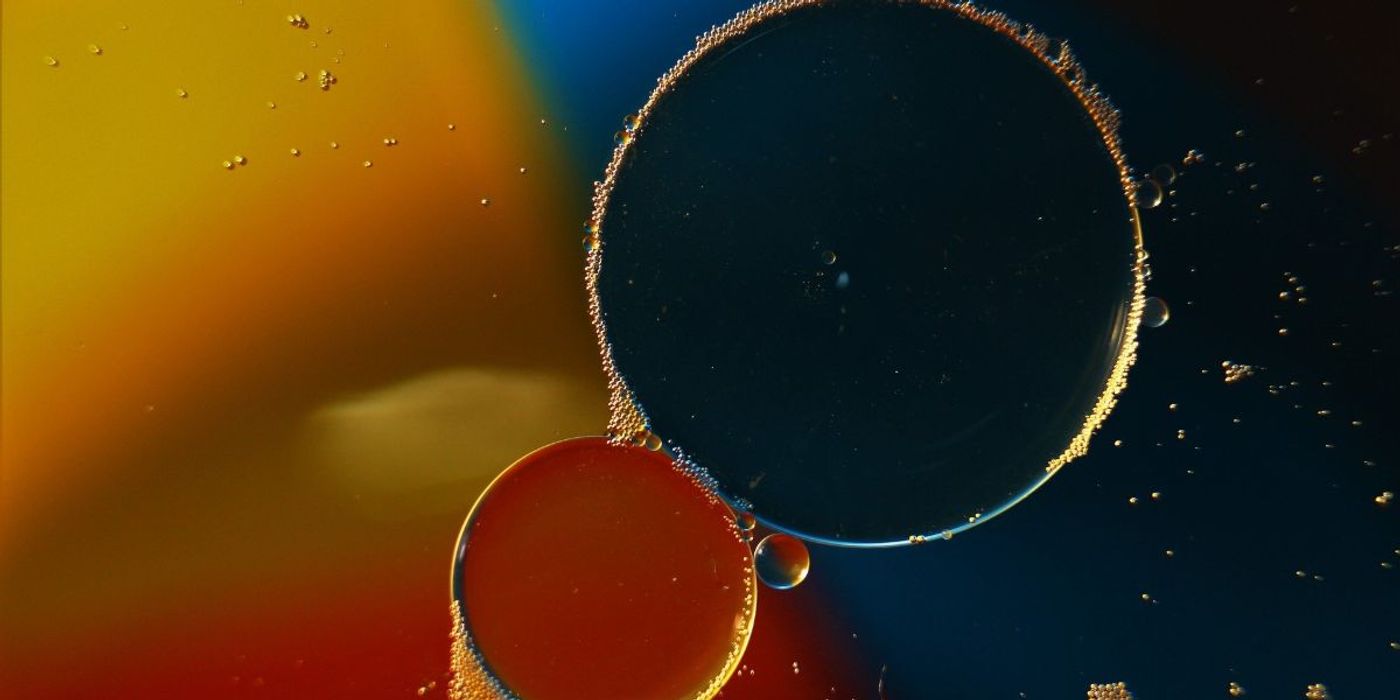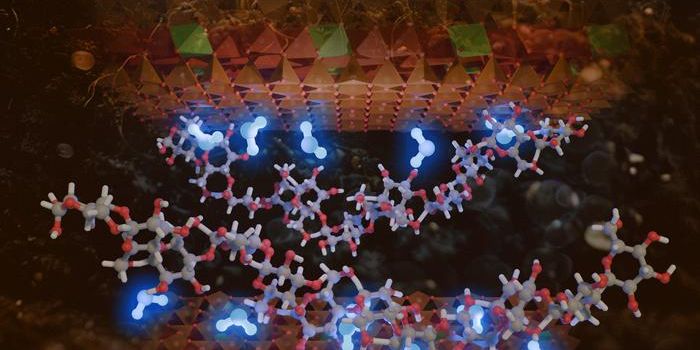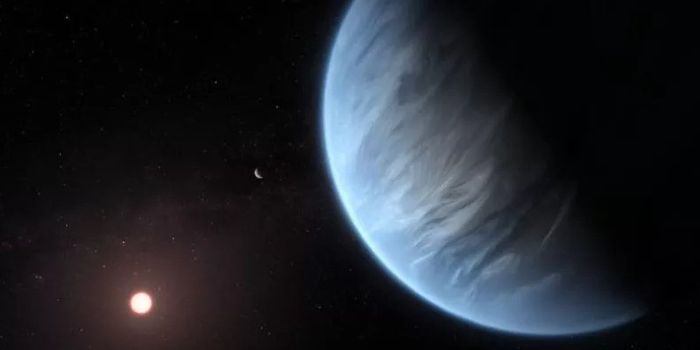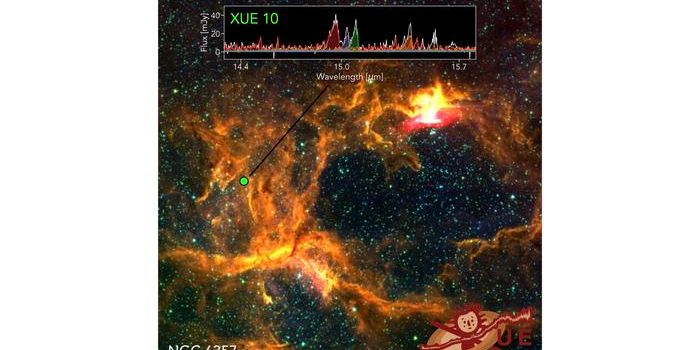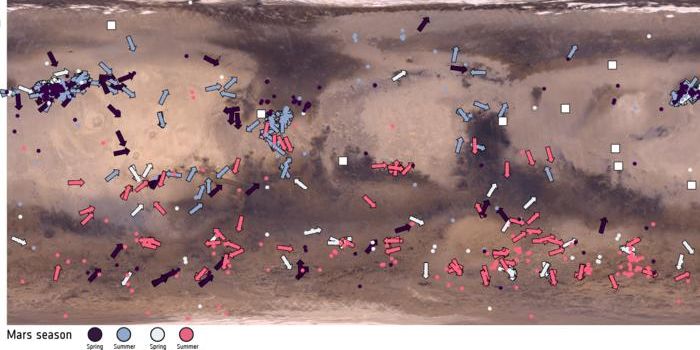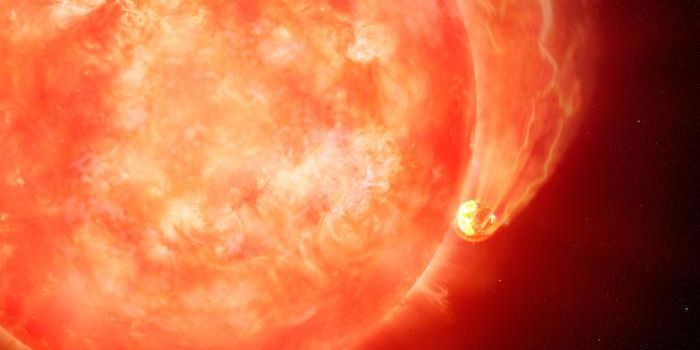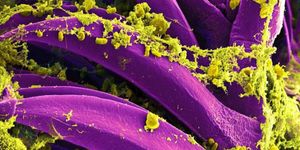Oxygen Conditions Needed for Emergence of Complex Life Discovered
For some time, scientists have supported the ‘Oxygen Control Hypothesis’. The theory states that higher levels of atmospheric oxygen increase the size to which multicellular organisms can grow. Now though, researchers at the Georgia Institute of Technology have finally been able to test the theory, and have found that it may all be more complex.
People have long believed that oxygen levels on the Earth’s surface are helpful and in some cases even a precondition for the growth of large, complex, multicellular organisms. As scientists did not have a model system capable of undergoing lots of evolutionary generations quickly over a full range of oxygen conditions in the past, however, researchers have not been able to test the theory. But this is now no longer the case.
For the study, the researchers evolved snowflake yeast, simple multicellular organisms capable of rapid evolutionary change. Using techniques from directed evolution, synthetic biology and mathematical modelling, the researchers varied their growth environment and observed how they evolved over 800 generations in the lab, with a selection for a larger size.
The results ended up surprising the researchers. They found that large size was easily achieved either when yeast had no oxygen or plenty of it, but not when oxygen was present at low levels.
"We did a lot more work to show that this is actually a totally predictable and understandable outcome of the fact that oxygen, when limiting, acts as a resource -- if cells can access it, they get a big metabolic benefit.” says Ratcliff.
“When oxygen is scarce, it can't diffuse very far into organisms, so there is an evolutionary incentive for multicellular organisms to be small -- allowing most of their cells access to oxygen -- a constraint that is not there when oxygen simply isn't present, or when there's enough of it around to diffuse more deeply into tissues."
Ratcliff continued to say that his group’s research helps explain why so little evolutionary progress occurred among multicellular organisms in the billion years after the Great Oxygenation Event 2.5 billion years ago. Known as the ‘Dullest Time in Earth’s History’, it was a period when oxygen was only present at low levels in the atmosphere, and when multicellular organisms remained small and simple.
Sources: EurekAlert, Nature Communications
